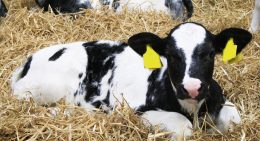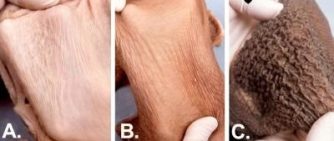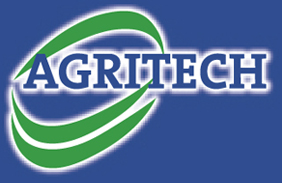by Agritech 01.03.2024
While the calf rearing stage may seem the most labour-intensive stage, the first season at grass can prove the most difficult stage to manage for many farmers. Nutritionally, success is measured by developing the calf as best as possible prior to introducing grazed grass.
Given that newborn calves are born with undeveloped rumens, the initial objective is to assist calves in developing the rumen before being weaned off milk, so that they become cost-effective forage consumers.
Rumen development begins within the first dew days of life and is advanced by exposure to healthy bacteria from the environment and the consumption of solid feeds. Introducing a palatable calf-starter ration/nut from three days of age (18% Crude Protein) is important, along with access to fresh clean water and high-quality clean straw ad-libitum (no haylage/silage).
Weaning on a weight basis alone create a false sense of security with how ready calves are for the next stage of nutrition. Weaning shouldn’t be considered until calves are intaking a minimum of 1.5kg concentrate/day in grouped pens – signalling that the calves’ dry matter intakes can cope with the transition to a 100% solid diet.

What is happening to calves at grass?
Year-on-year, cases of calves suffering from setbacks once first turned out to grass crop up on farm animal health issues can also be a huge influencing factor.
Nutritionally, Spring grass is often high in oils like conjugated linoleic acid, sugars and potentially nitrogen, which young, underdeveloped rumens can find it hard to adjust to. Low covers of grass also have very little fibre – a key substrate for good rumen health.
Greater rumen development in early life will help combat such issues, alongside the following: offering concentrates post-turnout, grazing slightly heavier covers until calves have adapted to grazing, offering a fibre source to ease the transition and/or strip grazing calves to ensure stem content is also being grazed.
It’s important to remember that calves are not yet fully functioning ruminants and therefore shouldn’t be treated as such.
For more information and calf rearing advice, contact your local Agritech Sales Advisor

Caption: A: Milk only. B: Milk and roughage. C: Milk, roughage, and grain.
Photos: Penn State Extension

